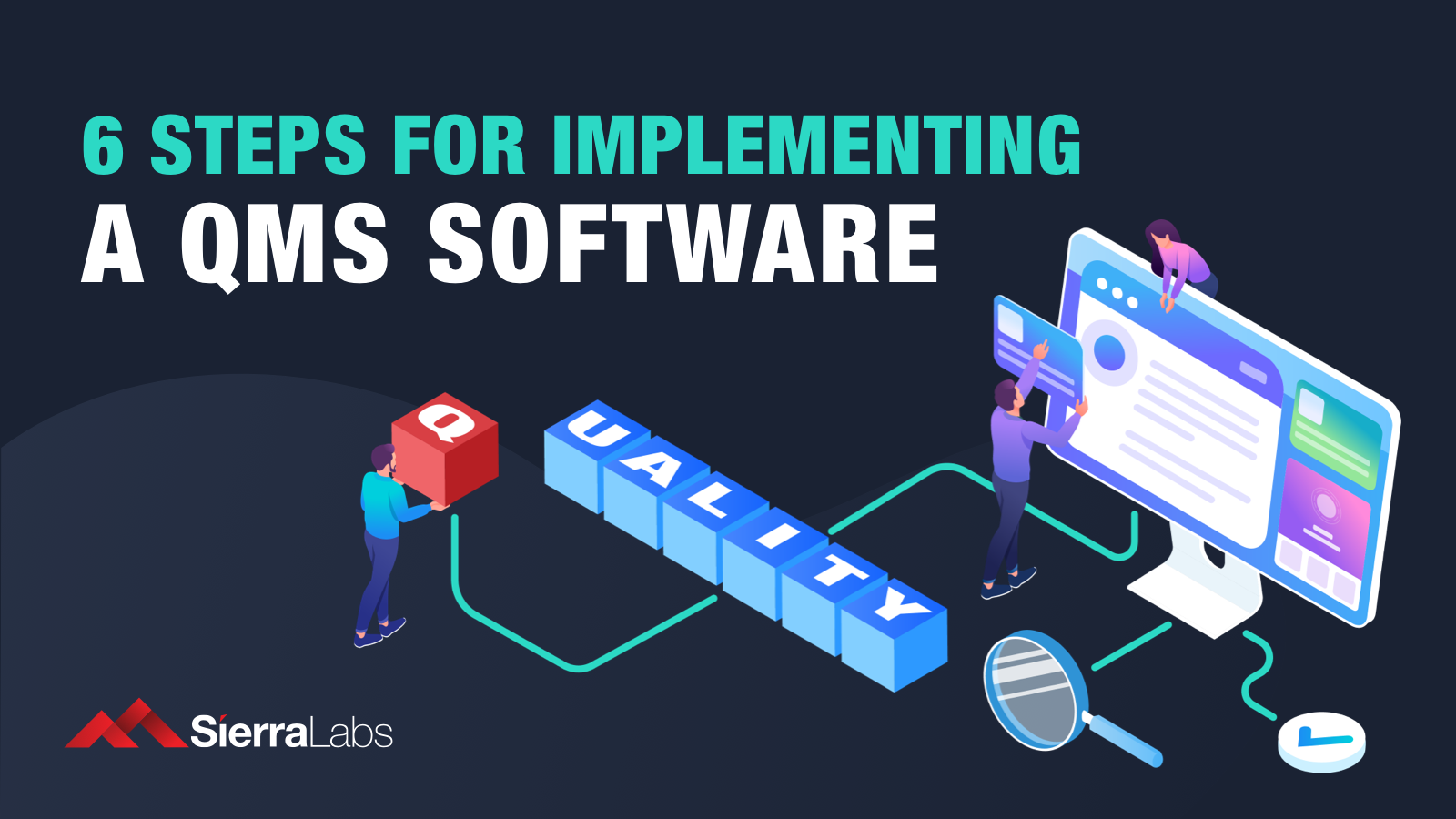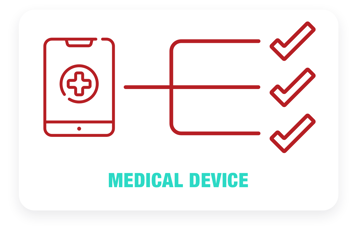Learn the right steps to adopting an eQMS for your Medical Device or Life Science organization.
Are you or your team looking into implementing a Quality Management System (QMS) for your Medical Device or Life Science company? Adopting new digital tools can be a long and tiring process for your organization as it requires reworking current processes and workflows. There are some necessary steps your team should take to prepare for the full implementation of an electronic QMS, or eQMS, especially if you have a smaller organization or a start-up.
Why an eQMS (Electronic Quality Management System) is Essential?
The Medical Device and Life Science industries are some of the most highly regulated manufacturing industries. It can be difficult to know what you are looking for when deciding on a quality management software in this sector. We have compiled a few crucial steps for you to take before deciding on partnering long-term with a digital QMS provider!
Important Steps Before Implementing a QMS
Having a well-defined approach to implementing a digital software tool into your business will save you both time and money. This plan is especially important when deploying a digital Quality Management System that stores sensitive information about every aspect of your business and product(s). To ensure a smooth QMS implementation, follow the 6 easy steps below:
1) Highlight Current Procedures & Workflows
Recording your current processes is the initial step to transitioning into a new system. Start with your latest document management processes since it is a crucial area in your quality management. After this, your team can begin to highlight flaws in your current document management processes and even share these issues with your QMS provider of choice. Locating weaknesses in your current procedures will only strengthen your company’s capability to follow rules and regulations of the FDA.
2) Determine Actionable Steps
After assessing what current processes are in place, creating a Quality Roadmap using specific steps will help with the successful transition to a new QMS. Document the next actionable steps and actions to keep a record of how this transition brought your entire organization a lot closer to being compliant. This will further help with the preparation for your regulatory submission.To ensure quality is in place, your quality implementation person or team (QA/RA) should ensure everyone is on board and following the new processes.
3) Define Organizational Goals
Your next actionable steps must be articulated in a manner that is clear for not only the FDA to comprehend your processes, but also your current and future personnel/employees. Defining these steps as objectives will set a standard for documenting policies across your organization. Here are a few examples of documenting policies by objective:
- Improve customer satisfaction.
- Deliver product effectiveness and purpose
- Optimize complete traceability
Establishing these common goals from the start will fortify your team’s quality strategy, especially when pitching to primary stakeholders. A quality software implementation plan implies selecting a solution that is appropriate to your field, which can best fill your organization’s needs and project milestones.
4) Establish Transition Team
After identifying project objectives for a digital QMS transition, you need to assemble a quality team to guarantee these processes are carried out from start to finish. In past experience, companies of smaller sizes choose a point person to serve as the central liaison between the QMS provider and the entire organization.
Not all quality teams include the same roles to a project of this caliber, but we have paid close attention to who the most successful companies go out of their way to include. Be sure to incorporate your IT department so they can advise what integrations are already in place and those that can work with the new QMS. It is also helpful if they know about the potential bugs in implementation as well as their resolutions.
5) Partner with the Right QMS Provider
In today’s Medical Device industry, there is a wide selection of QMS providers you can choose to partner with. However, not all Quality Management Systems are created equally. Not all of the QMS software have the necessary functionalities to support your organization’s quality needs or even your product’s journey to market.
Here are the key factors to look for in your search:
- CAPA: Your digital and integrated QMS should be able to open a customer complaint as a basis to generate the necessary non-conformance, and then launch a corrective action / preventative action (CAPA) to resolve the issue. This includes an integrated automation tool where a request generates a request to update the document and/or schedule staff training.
- Licensing & Teams: Your QMS should allow for access restrictions depending on an employee’s role and responsibilities. With access restrictions, your organization can enforce that only people with the appropriate rights can make changes or perform approvals. The QMS should also have a functionality to add new Individuals to the system as well as break down restrictions based on teams and group access.
- Update Notifications: Every software requires timely updates. Be sure your team and the QMS provider have consistent communication through regular in-system notifications to ensure your team is up to date with best practices.
- Support: When relying on an external partner for services, such as software validation, maintenance, and user training, it's always important to make sure that the supplier also offers expert support from specialists in the field. For example, Sierra QMS has both a Help Desk with detailed instructions and troubleshooting information, as well as phone and virtual meeting support from our highly skilled Compliance Experts.
- Software Validation:
- Life Science companies are required to integrate a validation step that complies with regulatory requirements.

-
-
- Medical Device and Software as a Medical Device (SaMD) companies, for example, are subject to the ISO 13485 standard that calls for the application of a risk-based approach to software validation.
-

-
-
- Trouble-free validation is needed throughout the software's life cycle, from the start of the project to the implementation stage. Secure that your team has these two features for validation:
-

Last but not least, be sure to understand the deployment timeline and necessary training for your team to use this software. Before deploying, your quality team should know which existing data should be collected and migrated to the software's database.
Every organization has specific needs based on its type of product, therefore it is important to have a tailored training program. A well-defined, tailored program will incorporate strong habits and policies that your organization can pair with your QMS software. Don’t be afraid to put your team through a series of tests before everyone feels comfortable using the software properly and understands the regulations and standards for your product(s).
Choosing the Right QMS Software Partner for Your Business Needs
Choosing the right Quality Management System is more than just strictly following the industry regulations and standards. You are adopting a software tool that handles your organization’s needs such as planning, designing, developing, manufacturing, and distributing your product.
Without a Quality Management System, your team may fall short in gaining regulatory access to get to market. Overall, your team needs an easy-to-use tool that standardizes reviews and approvals seamlessly into your quality processes for your team, preventing any communication errors despite geographic location.
Sierra QMS is a software designed specifically for Healthcare and Life Sciences that automates your team’s workflows and documentation, instantly increasing the level of security that your team needs to deliver a high-quality solution. Having the proper tools to manage your business during this time starts by centralizing all activities and tracking the progress of work to avoid setbacks. In a remote working environment, workflow automation makes all of this possible.
Want to see how Sierra QMS can automate your documentation processes?
Click Here for a Free Demo!
It's that simple.

